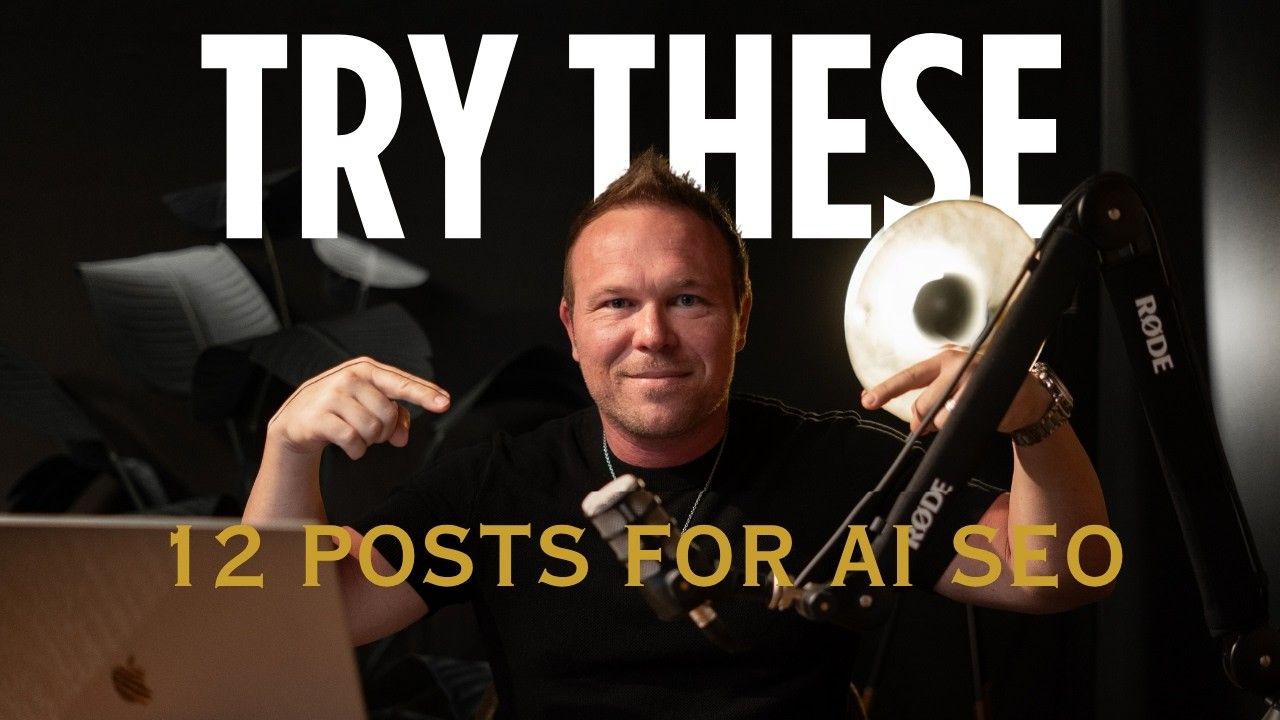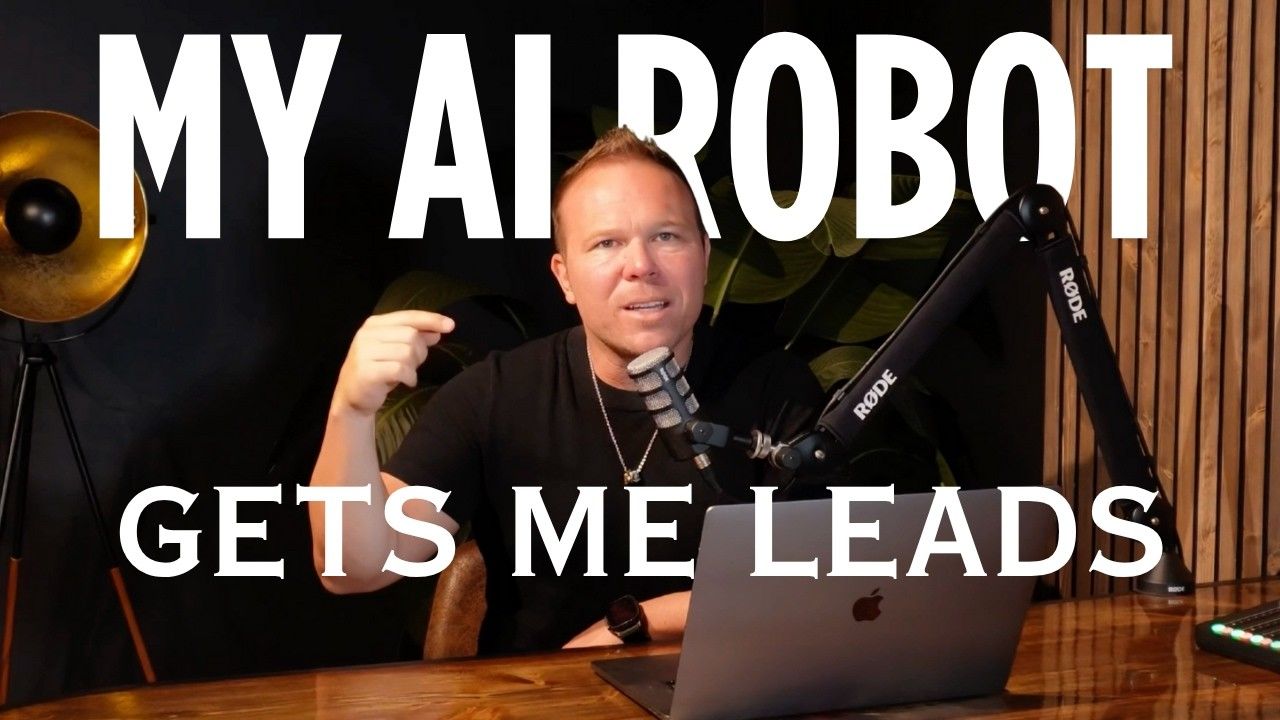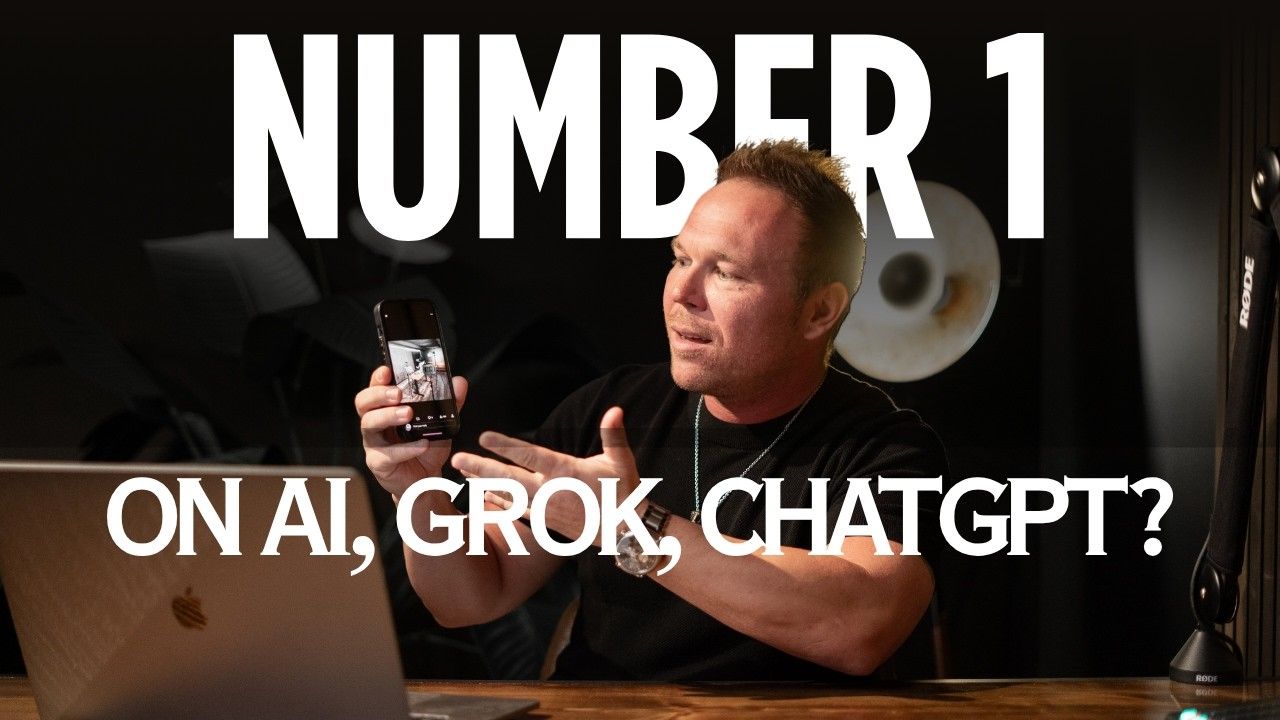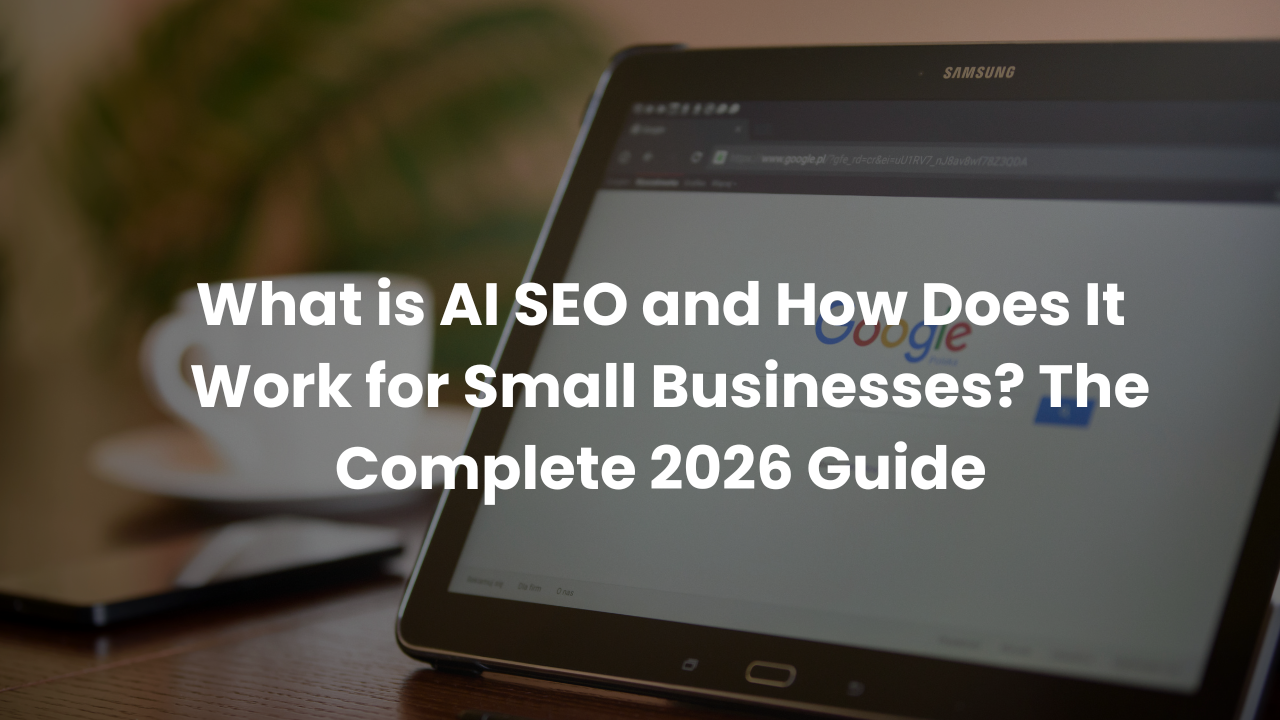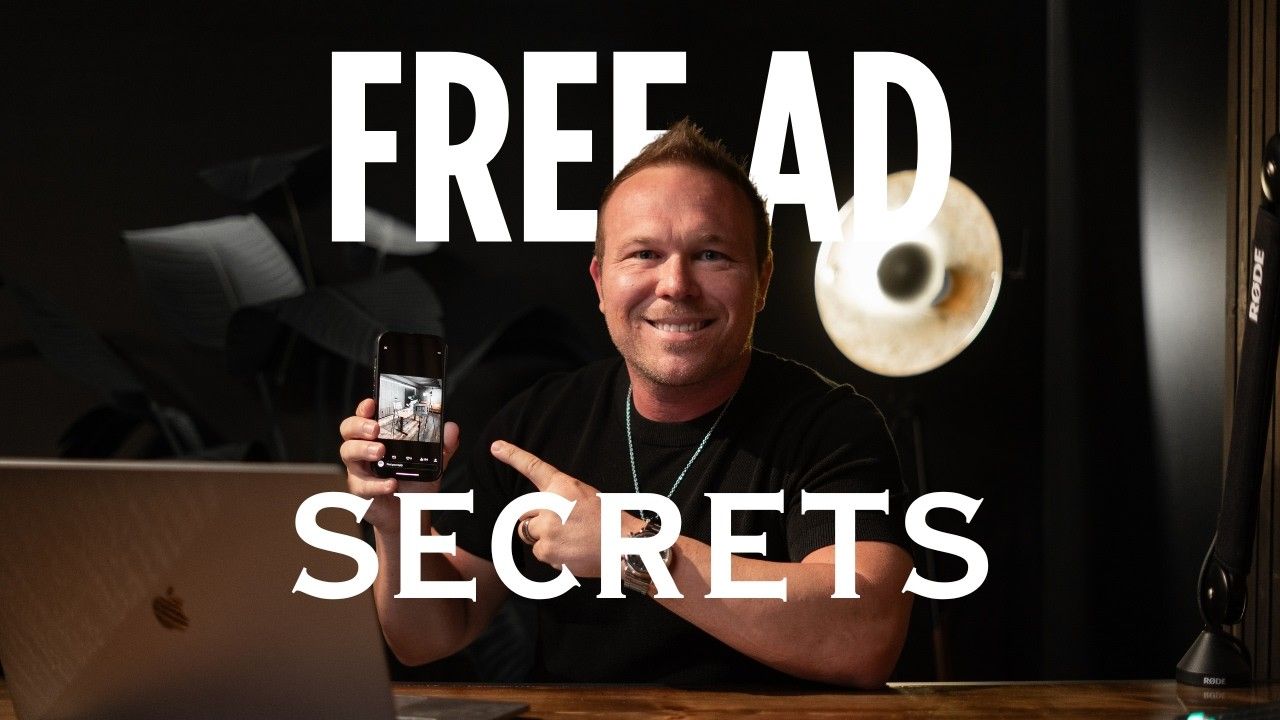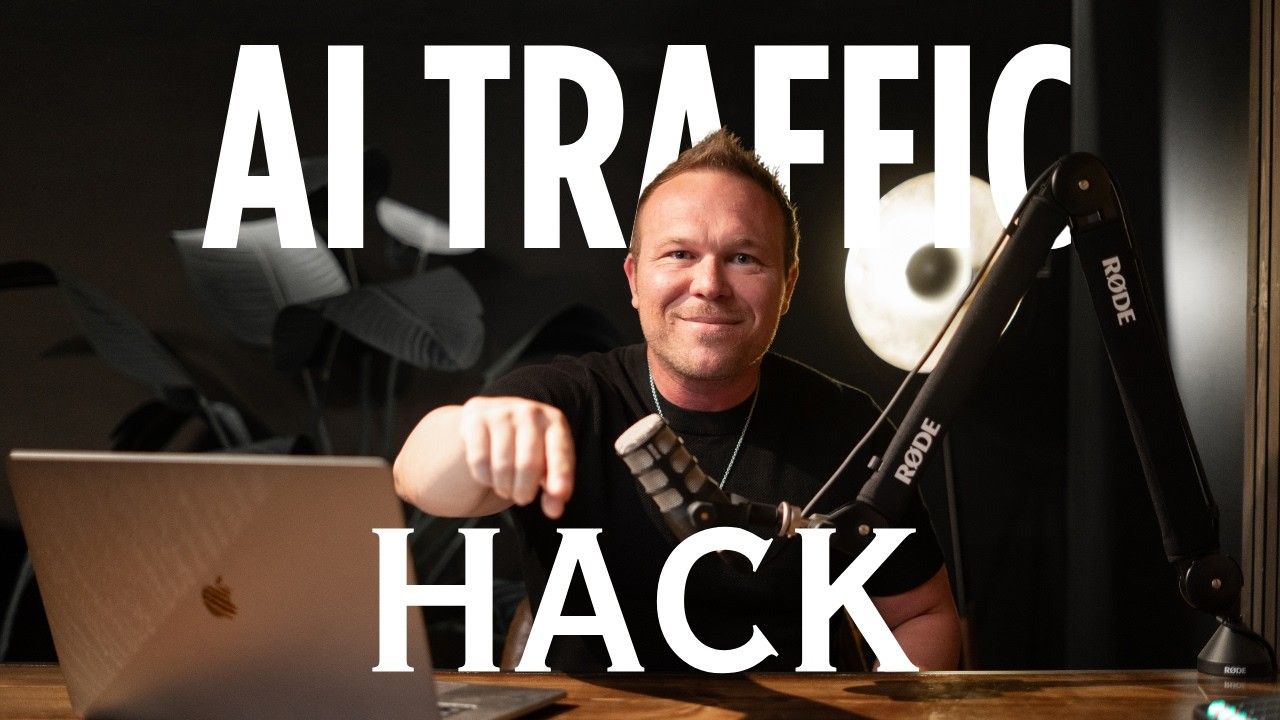How to Use YouTube to Generate Leads and Sales for Your Business: The $24K System Explained
Key Takeaways:
- YouTube functions as a search engine where videos rank and convert leads for years, unlike 24-hour social media content
- The 3-step system: Create educational playlists, maintain consistent branding, and use strategic YouTube ads for retargeting
- Generated over $24,000 in sales with just 20 videos without going viral
- Focus on providing value and education rather than direct sales pitches
- Consistency beats perfection - upload on a regular schedule to build audience trust
Why YouTube Is the Smartest Business Investment You Can Make
I'm Brad Smith, owner of Automation Links, and I've been doing marketing for over 10 years across 2500+ brands. One of the smartest business decisions I made was investing in YouTube, and I'm going to show you exactly how and why this strategy works.
YouTube advertising and content creation generates consistent, high-quality leads by positioning you as an educator rather than a salesperson. The platform functions as a search engine where your content can rank and convert for years, making it superior to social media platforms where content disappears in 24 hours.
- Time to See Results: You need 8-12 videos to start building algorithm reach and keyword rankings
- Best For: Coaches, service providers, online business owners, and any business that can teach valuable skills
If you're not investing your time and money in YouTube yet, you're missing out. YouTube is where your ideal customers are - they're listening, learning, and wanting more information about something you're an expert at.
The $24,000 YouTube Lead Generation System
Just last month, I made 20 videos and closed over $24,000 in sales, all from YouTube. This led to over 89 new opportunities in our pipeline. Here's exactly how this system works:
The Foundation: Educational Value Over Sales Pitches
The biggest mistake most people make is thinking they need to run ads with direct call-to-actions to get somebody to pay them. But YouTube is for learning, education, value, and relationships. The ultimate goal is to provide helpful, valuable content that helps your ideal customer.
When somebody learns from you and you're showing them how to do something - teaching them and providing value - they're more likely to reach out. This is exactly what I'm doing: providing helpful content to show you how to invest your time and money in YouTube to get the best results.
Step 1: Create Focused Playlists Around Your Expertise
What I recommend is creating a playlist - something you can make videos around the same topic over and over. I talk about YouTube every single week, sharing videos about how you can get started, set up playlists, and split test different approaches.
When somebody wants to learn about YouTube, they're going to see not only one of my videos, but the rest of the playlist. This creates a comprehensive learning experience that builds trust and authority.
Key Point: Focus on what you're an expert at and what you can teach consistently on YouTube.
Step 2: Develop Consistent, Memorable Branding
You want to be memorable and have people remember you. All my thumbnails are similar, and I use the same profile picture across all channels. This is super important because people don't think you're a different business or channel every time - they start to recognize and remember you.
Think about famous TV commercials you've seen. You remember exactly who that brand is because they use the same branding and style on every commercial. They don't tell you to buy right now - they just remind you of themselves.
For strategic CRM setup and branding consistency, see our CRM setup guide.
Step 3: Maintain Consistent Upload Schedule
Consistency is crucial. I upload every Monday, Wednesday, and Friday. You want to be consistent with your ideal audience so they know when to come back.
Once you start making videos, the goal is to provide tons of education. Some of my best-performing videos teach viewers how to fix their ad accounts, run ads, follow up, remarket, retarget, and use CRM systems. These are all things somebody can type into Google and learn, and Google shows these videos in search results.
Pro Tip: ChatGPT is starting to show YouTube videos in results as well. You can rank your YouTube videos at the top of ChatGPT searches.
The Strategic YouTube Ads Approach
After people enter your ecosystem through organic traffic, head over to Google Ads and set up YouTube video ads. Here's the key difference in my approach:
What NOT to Do
Don't create ads that say "skip ad" - nobody wants to see that.
What TO Do
Create videos that answer questions based on what people search for. I want to show up when somebody's typing about wasting money on ads or needing help with retargeting. My video provides helpful content, saying "We can help you set up YouTube ads, but here's exactly how you can do it if you want to do it on your own."
The goal isn't to get them to click to your website immediately. If they've never heard of you, they don't like you and trust you yet - they're not buying or signing up for anything. You want to provide value and education through your video, treating it like a TV commercial that builds familiarity over time.
For comprehensive YouTube advertising strategies, check out our YouTube ads guide.
Optimizing Your Video Content for Maximum Impact
Strategic Link Placement
Add strategic links in your video descriptions. In the first sentence, include relevant affiliate links for tools you mention and reference them in the video. This appears above the fold, so as you're talking about something valuable, you're providing value in the link.
Scroll down and leave a pinned comment asking viewers to sign up for your newsletter or take another valuable action.
SEO and Distribution Strategy
You can rank your videos with SEO by:
- Embedding videos in your blog
- Posting on Medium, LinkedIn, and Reddit
- Running low-cost YouTube ads to build subscribers
Last month, I gained over 700 subscribers using just $450 in ad spend. It's really low cost to build up your channel and show videos to your ideal customer profile (ICP).
For email marketing automation that works with your YouTube strategy, explore our email marketing solutions.
Why This Strategy Works Long-Term
YouTube is not just a video platform - it's a search engine. Videos you post today can rank and convert leads for years. Unlike social media content that disappears in 24 hours, YouTube builds long-term trust and visibility.
This strategy works whether you're a coach, service provider, or online business owner. It's:
- SEO-friendly
- Scalable
- Doesn't rely on going viral
- Focuses on targeting the right audience
- Offers real value
Results don't happen overnight, but if you set up YouTube ads properly, it'll help you grow faster. Usually when you start a YouTube channel, you need 8-12 videos to start building the algorithm, reach, and keywords.
Getting Started: Your Next Steps
What are you an expert at, and what can you teach on YouTube? That's your starting point.
Here's your action plan:
- Identify your expertise area - What can you teach consistently?
- Create your first playlist - Plan 8-12 videos around the same topic
- Develop consistent branding - Same thumbnails, profile pictures, and style
- Set your upload schedule - Pick specific days and stick to them
- Focus on education - Provide value before asking for anything
For tracking your YouTube marketing results effectively, consider using AdKong tracking software to measure your ROI accurately.
Take Action Today
If you want results like generating $24,000 from 20 videos, it's time to start investing your time and money in YouTube. Remember, YouTube is where your ideal customers are listening, learning, and seeking information about topics you're an expert in.
The key is providing helpful, valuable content consistently rather than trying to sell immediately. Build trust through education, maintain consistent branding, and use strategic YouTube ads for retargeting rather than direct sales.
For the complete system I use to generate these results, get our free YouTube lead generation system.
Final Key Takeaway: YouTube success comes from treating it as a search engine for educational content, not a social media platform for viral content. Consistency, value, and strategic patience win over perfection and immediate sales pitches.
Get more strategies: Subscribe here
How many videos do I need before seeing results?
You need 8-12 videos to start building algorithm reach and keyword rankings. Consistency is more important than perfection.
Should I focus on going viral?
No, this strategy doesn't rely on going viral. It focuses on targeting the right audience and providing consistent value over time.
What's the difference between YouTube and other social media platforms?
YouTube functions as a search engine where content can rank for years, unlike social media where posts disappear in 24 hours.
How much should I spend on YouTube ads?
Start with low-cost ads - I gained 700 subscribers with just $450 in ad spend last month.
What type of content performs best for lead generation?
Educational content that teaches your expertise works best. Think "how-to" videos, problem-solving content, and tutorials.
How do I know if someone becomes a customer from YouTube?
Use strategic links in descriptions, pinned comments for newsletter signups, and track traffic sources through your CRM system.
What's the biggest mistake people make with YouTube marketing?
Trying to sell directly instead of providing education and value first. YouTube users are there to learn, not to be sold to immediately.
How long does it take to see sales results?
While algorithm building takes 8-12 videos, I generated $24,000 in sales with 20 videos over one month, but this was after establishing my channel presence.
Do I need expensive equipment to start?
No, focus on providing valuable content first. Consistency and value matter more than perfect production quality.
How do I integrate YouTube with my overall marketing strategy?
Use YouTube for education and trust-building, then retarget viewers with ads, capture emails through strategic links, and follow up through your CRM system.


